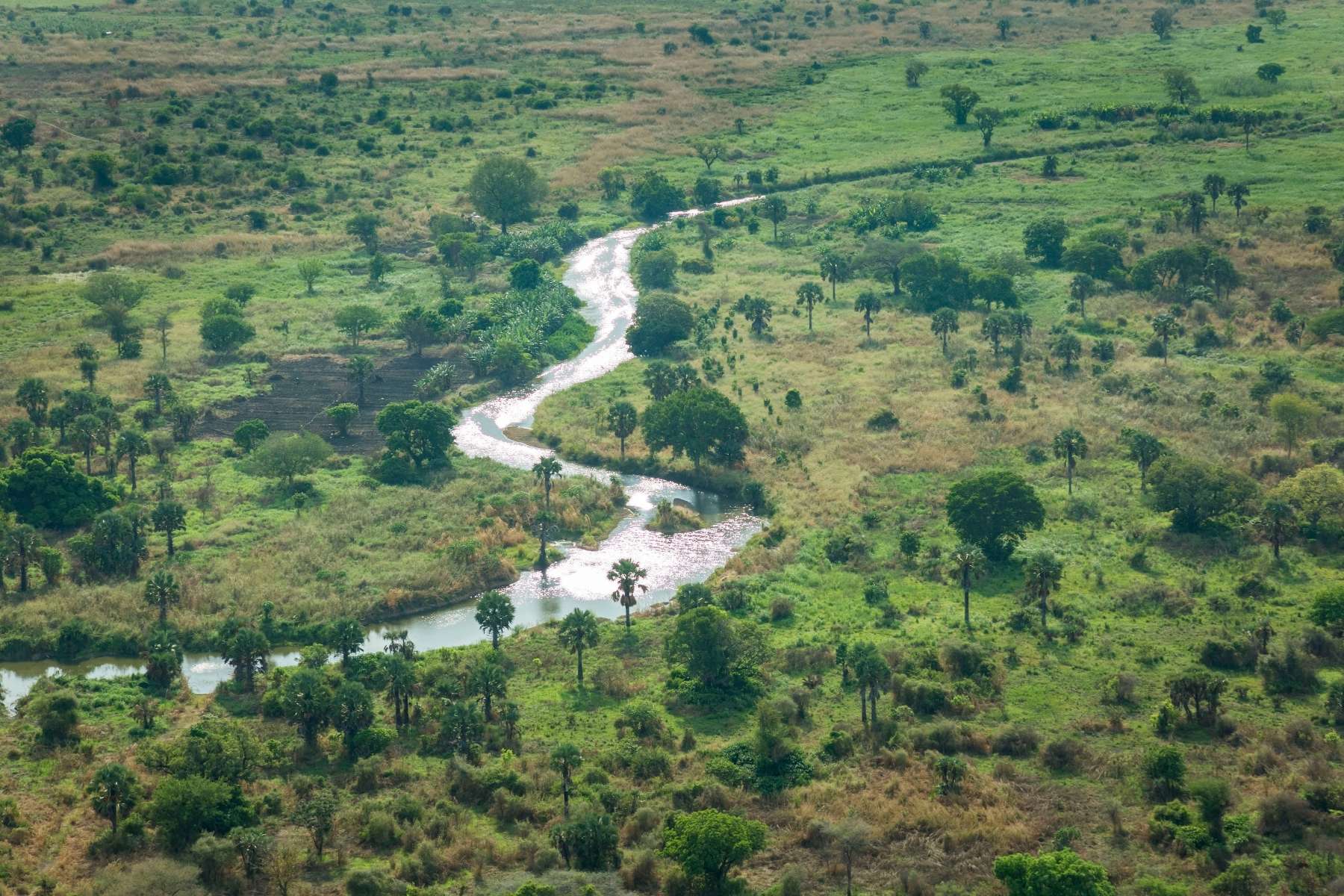
Get news, updates, & event Info delivered right to your inbox:
The environment is made up of "physical, chemical, and biological factors acting upon an organism or an ecological community." The living and nonliving elements of the environment include everything from plants, animals, soil and water to the weather and climate conditions. These elements interact within Earth's biosphere, providing the conditions necessary for life. Check out our Eco Facts playlist (view the full playlist by clicking on the playlist icon at the top right corner of the video below), or keep reading to find out more fun facts about our environment that will leave you feeling amazed!
Here Are 10 Amazing Environmental Facts

1. The World's Largest Biome
The Taiga, also known as the boreal forest, is the world's largest biome.
Wrapping in a circumpolar belt around the upper Northern Hemisphere, the Taiga accounts for 30% of the world's forest cover; 17% of the Earth's land surface area.

2. Temperate Rainforests Exist
Did you know that rainforests aren't all tropical? According to NASA Earth Observatory, "Tropical rainforests are found closer to the equator where it is warm. Temperate rainforests are found near the cooler coastal areas further north or south of the equator."
Some awe-inspiring temperate rainforests around the world are Tongass National Forest in Alaska, the Valdivian Temperate Rainforest in Argentina and Chile, and the Taiheiyo Evergreen Forest in Japan.

3. More than Half of all life on Earth Lives Underground
About 59% of all species live in soil, making it the most biodiverse habitat on Earth. The creatures that live there include 99% of Enchytraeidae worms, 90% of fungi, 86% of plants, more than 50% of bacteria, and 3% of mammals.
Even more astounding is that we are still only scratching at the surface of understanding what lives underground; researchers suggest the true percentage could be higher still.

4. Most Of The World's Water Is Salty
97% of Earth's water is actually salt water found in the oceans.
While about 3% of Earth's water is fresh, only about 0.5% of that is available and usable. 2% of the Earth's supply of fresh water is in glaciers and ice caps.

5. Fungi and Bacteria Help Manage the Earth
Certain species of fungi and bacteria drive the decomposition of organic matter. Without them, new plants would not be able to grow, and the forest floor would be buried under layers of dead matter.
Through the decomposition process, fungi release nitrogen and other nutrients into the soil, which are needed for plants to grow and thrive.
They are not limited to decomposing dead leaves and other plant materials; any dead organic matter can be decomposed by fungi and bacteria over time, including glue, paint, and jet fuel.

6. The Nile, Not the Amazon, is Considered the World's Longest River
But not by much! Which river is longer is more a matter of definition than simple measurement. The Amazon River's source is Laguna McIntyre in the Andes Mountains of southern Peru. Beginning with snowbound lakes and brooks, the water converges to form multiple rivers and streams that eventually become the Amazon.
The Nile River sources from Lake Victoria in east central Africa, winding through several countries until it flows into the Mediterranean Sea.

7. One of the Largest Organisms on Earth is a Fungus
That's right! In Oregon's Blue Mountains, you'll find a fungus that occupies an astounding 2,384 acres of soil. That's equivalent to 1,665 football fields—nearly four square miles.
Discovered in 1998, this mass of Armillaria ostoyae could be anywhere from 2,400-8,650 years old. That means it potentially is older than Methuselah, a 4,800-5,000 year old Great Basin bristlecone pine that is widely considered the oldest tree in the world

8. Forests Played A Major Role in The Evolution of Life on Earth
Earth's land was colonized by plants between 425 and 600 million years ago This colonization — and the eventual spread of forests — helped create an oxygen-rich atmosphere that was conducive to oxygen-dependent life forms (hint: that includes us!). In other words? We probably would not be here if it weren't for trees.

9. Saharan Desert Winds Fertilize The Amazon Basin
Despite being separated by the Atlantic Ocean, the Sahara Desert and the Amazon Rainforest share a surprising connection.
How? Northeasterly trade winds blow from the Sahara across the Atlantic; and the desert dust carried on these winds helps fertilize the Amazon Basin, which home to some of the most diverse ecological communities on the planet.
In reality, it's not actually the dust, but the nutrients that it carries — especially phosphorus, which is a key nutrient for plants to grow and survive.

10. The Ozone Layer is on Track to Heal by 2066
The UN's Environment Agency (UNEP) has declared that if current policies remain in place, the ozone layer, the planet's protective shield of gas, is on track to be recovered in four decades.
This recovery was made possible due to the phaseout of nearly 99% of ozone-depleting substances, showing that if humans work together, we really can save the planet!
Get news, updates, & event Info delivered right to your inbox:
Related Posts
9 Sustainable New Years Resolutions
18/12/2025 by Meaghan Weeden
Inspirational Quotes About Trees
16/12/2025 by Meaghan Weeden
The 9 Oldest, Tallest, and Biggest Trees in the World
11/12/2025 by One Tree Planted
Popular On One Tree Planted
Inspirational Quotes About Trees
16/12/2025 by Meaghan Weeden
The 9 Oldest, Tallest, and Biggest Trees in the World
11/12/2025 by One Tree Planted
What Causes Deforestation?
10/07/2025 by Meaghan Weeden
Fundraising Disclosures

Be Part of the
Restoration Movement
The Grove is more than just a monthly giving program: it's a vibrant community of individuals who are dedicated to reforestation and environmental restoration on a global scale.
As a member of The Grove, you affirm your commitment to restoring forests, nurturing biodiversity, and fostering positive global change.



